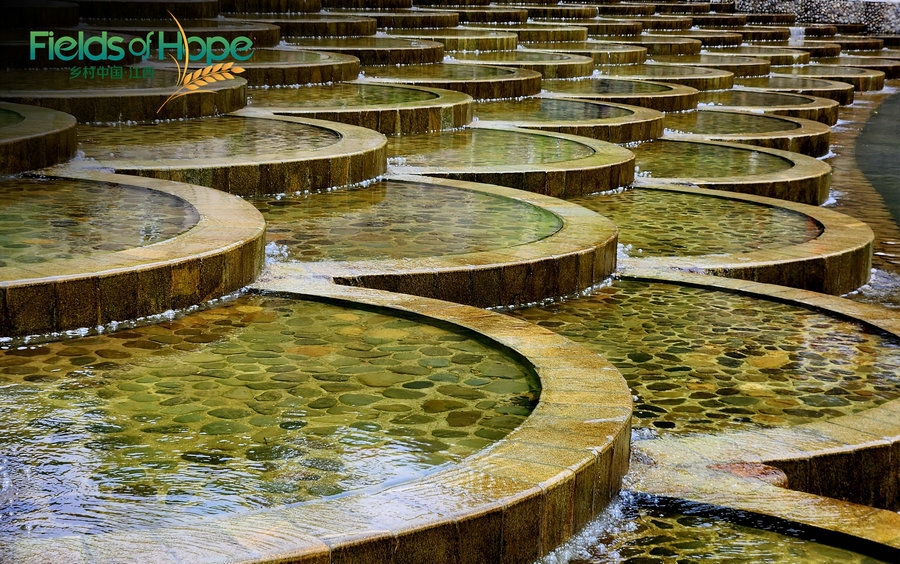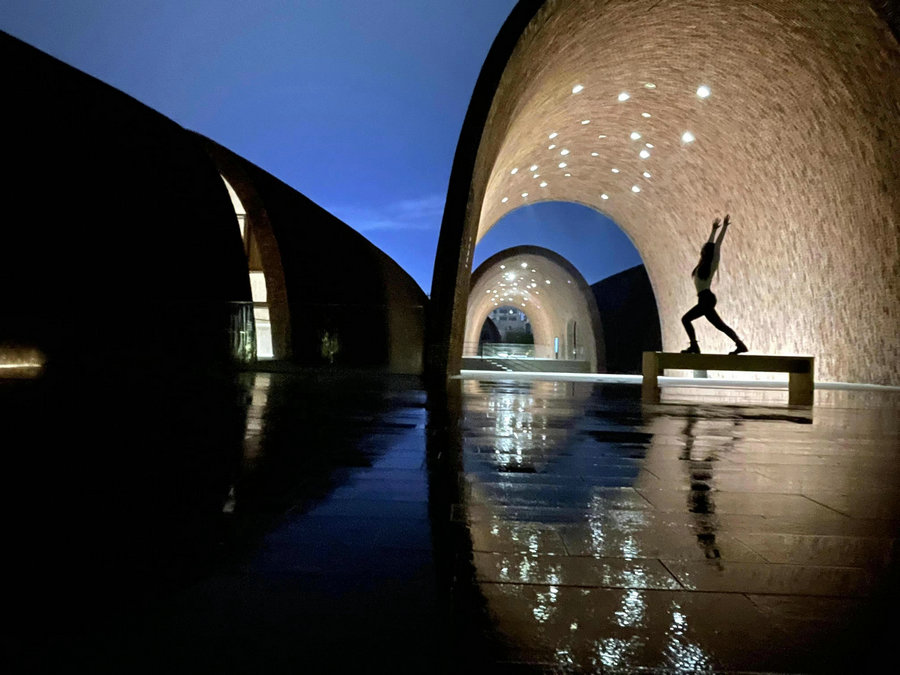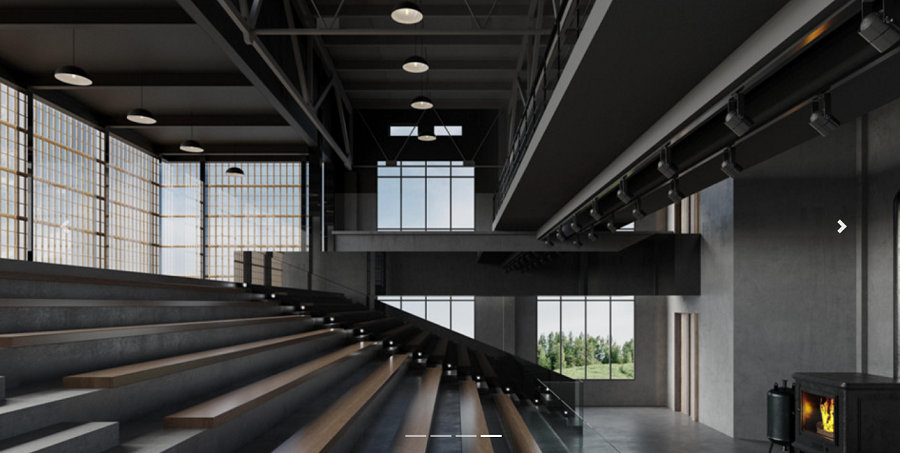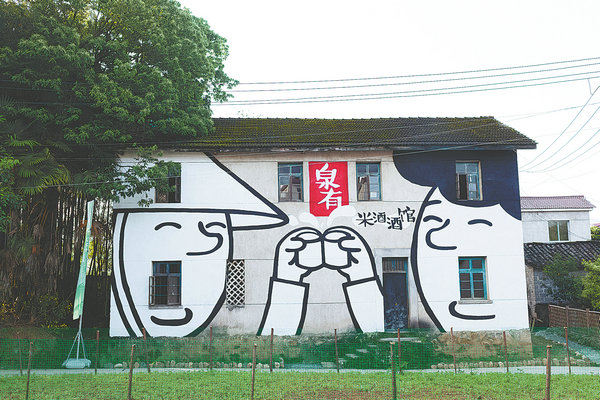
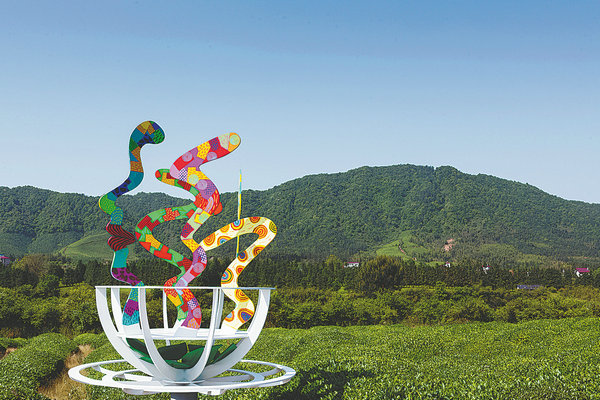
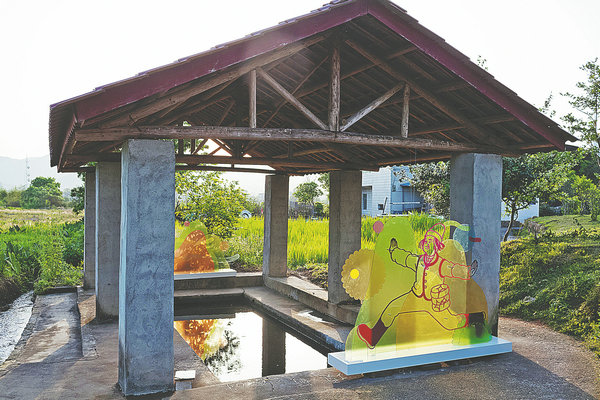
Artists create works on village buildings, warehouses, empty land and tea gardens in Shiziyuan village as part of the project, Art at Fuliang, in Fuliang county, Jingdezhen, Jiangxi province. The project aims at revitalizing the rural areas of Fuliang through art. LIU XINZHENG/FOR CHINA DAILY
Lyu Jianqin speaks with pride whenever she introduces a particular piece of artwork to visitors coming to her home in Shiziyuan village.
It is a carved painting, featuring an image of her drying tea leaves under the sun, by artist Xiang Yang.
"I didn't know anything about art at all, let alone think of being featured in an artwork," the 46-year-old says.
Lyu's life took a surprising turn last year as the project, Art at Fuliang, which began in May, permeated the village that sits in Fuliang county, Jingdezhen, East China's Jiangxi province, with a creative vibe.
More than 20 artists from five different countries brought artworks that were inspired by local elements and turned Fuliang into an art zone.
Fuliang is famous for its porcelain and tea, both of which used to make their way to far-flung destinations in ancient times via the Maritime Silk Road.
"It was interesting to watch someone engaging in artistic creation," Lyu says, adding that she got to know more about the history of the village in which she has lived since getting married 18 years ago.
Lyu took on the role of a tour guide during the art event, and walked visitors through the inspirations for many of the artworks.
She is especially at home with the work Stardust in Evolution: Memory of Shiziyuan Village by Xiang, who graduated from the Academy of Arts and Design at Tsinghua University in the early '90s and has exhibited works at the National Art Museum of China in Beijing, the Museum of Art and Design in New York and the Painted Bride Art Center and Art Alliance in Philadelphia.
Xiang produced his artistic creations on the wall joining two abandoned houses in the village.
"He's very patient in explaining his intentions and the background of his work," Lyu says.
On the wall, Xiang portrayed the history of Jingdezhen and local ceramic production, as well as the village, through images he collected from both past and present. He highlighted figures from those images and engraved their silhouettes into the walls of the house. The scraps of paint that peeled off are collected in a small transparent bag under each figure.
The silhouettes display the way locals go about their daily business, including washing clothes.
"If the fallen scraps were put back, the flat wall could be restored as it was before, like nothing happened," Lyu explains.
The idea is to preserve and show the traces of history, and the memory of these two houses.
The art project was aimed at revitalizing the rural areas of Fuliang through art. Idle village buildings, warehouses, empty land and tea gardens were all involved in the creative process.
Rather than short-term urban art exhibitions, the Fuliang event taps into local culture and is intended to take root in the village in the long term, says Sun Qian, a co-organizer of the event.
That's why local villagers have been encouraged to join.
Lyu is among more than 50 villagers who have received training to explain the art to visitors.
To date, Art in Fuliang has drawn in more than 60,000 visitors, which gave local catering and homestay businesses a much-needed shot in the arm.
"Through continuous contact and exchange with tourists and artists, local villagers, especially guides for farmers' art, have significantly improved their cultural confidence, sense of achievement and happiness, and deepened their love of the land under their feet," Sun says.
Since the art project was held, Lyu's life has got easier.
"It was exhausting when I had to get up at 3 am and trek to a fair to sell our tea," Lyu says.
"Now, people just knock on my door and ask for tea and other farm produce," she says.
About 10 minutes' drive away, Xu Dexing is running a booming catering business at his parents' old house.
"We did some renovations and opened in May, because I believed people would come for the art event," the 33-year-old says.
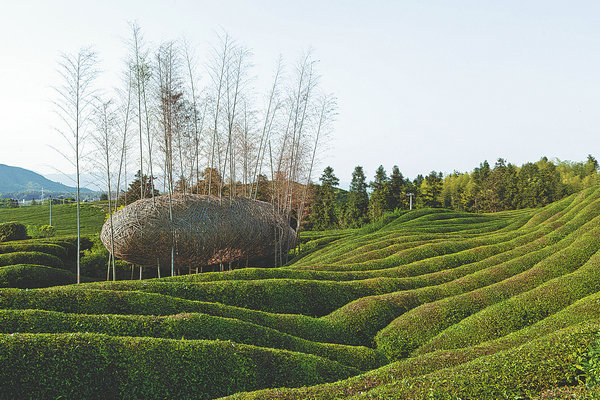
Shiziyuan village's tea gardens feature an artwork. LIU XINZHENG/FOR CHINA DAILY
The two-story building can host about 70 people at a time and Xu has enjoyed brisk business.
"Guests have come in during weekends," Xu says, adding that the rural environment and infrastructure were greatly upgraded during preparations of the event.
The booming business has allowed Xu to hire locals and sell their farm produce.
"They don't have to leave home and work outside, nor worry about selling their extra produce," he says.
Speaking about his future, Xu is confident about his catering business.
"The more the government invests, the more I could stand to benefit," he jokes.
Experts believe the art project in Fuliang is a positive exploration of rural vitalization through culture.
China's villages abound in profound cultural heritage and natural beauty, and hosting art festivals that involve villagers can effectively activate those rural resources and show rural charm, says Hu Yu, head of the Institute for Cultural Creativity at Tsinghua University.
The local authority is also working on projects that would enrich travelers' experiences
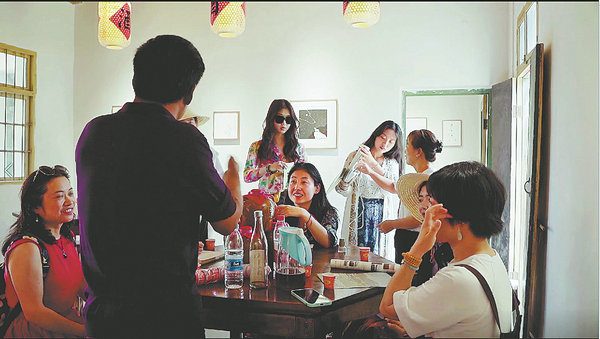
Tourists sample rice wine at a local villager's home. YANG FEIYUE/CHINA DAILY
A large facility taking shape in Fuliang's Ehu town will offer modern agriculture, cultural tourism, sport and health preservation.
It covers an area of 26 square kilometers and involves a total investment of 5 billion yuan ($784.5 million).
A network of roads has been laid to connect remote villages in Fuliang and to take travelers through lush forests, serene valleys and over winding rivers.
A focus has been given to tea culture, in which travelers can appreciate the picturesque tea plantations while picking fresh tea leaves and sampling them.
Magnificent scenery and places to appreciate nature in the wild are in place.
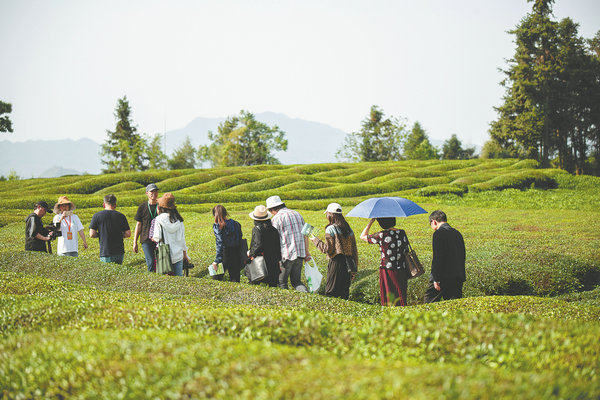
Visitors stroll through a tea garden. YANG FEIYUE/CHINA DAILY
Lyu has got a good measure of the positive changes in the village at the moment.
"The streets are cleaner, and the villagers welcome visitors coming from the outside," she says.
Under the influence of art, Lyu has also picked up a pen and some paper and learned to paint on her own.
"They (professional artists) said my work wasn't half bad, which encouraged me to continue," she says.
"I'll sign up for art activities in the future, and introduce our village to more travelers."
Contact the writer at yangfeiyue@chinadaily.com.cn

